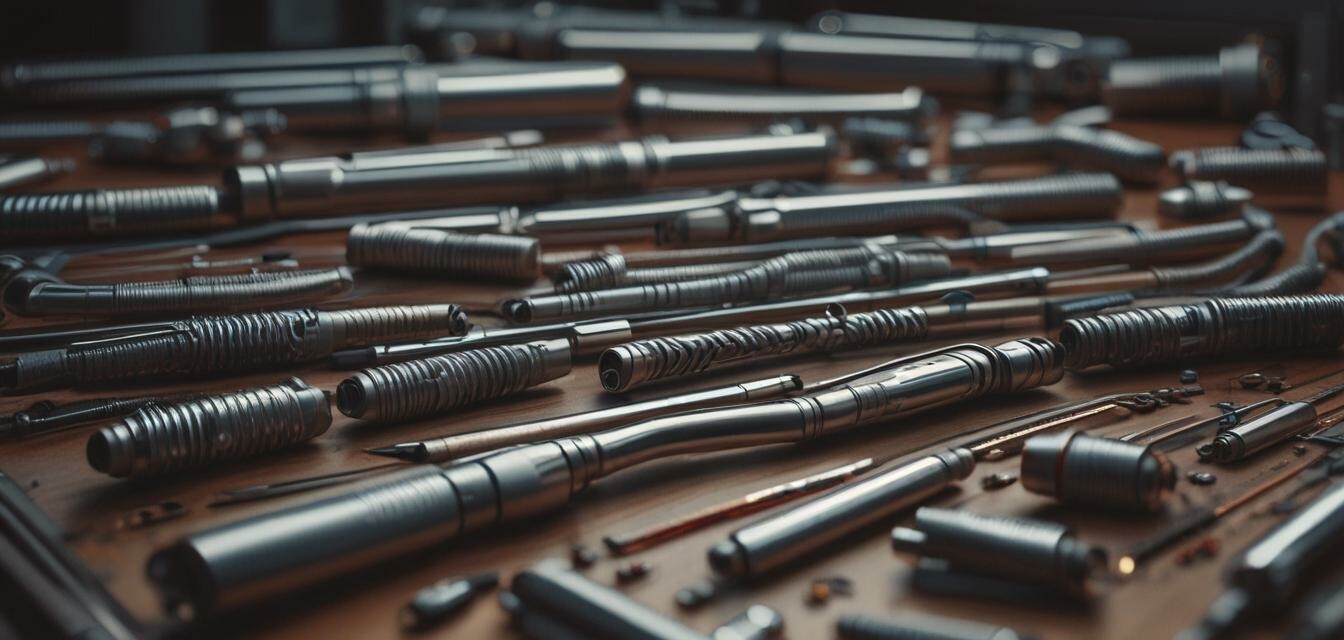
How to Select the Best Conduit and Accessories
Key Takeaways
- Understand the types of conduits available for different applications.
- Consider the material, installation method, and size when choosing conduits.
- Look for quality and durability in accessories to ensure long-term use.
- Follow safety guidelines to ensure proper installation and usage.
Selecting the right conduits and accessories is essential for any electrical project, whether you are a professional electrician or a DIY enthusiast. This guide will help you understand the various types of conduits and accessories available, their applications, and what to consider when making your choices. Let's dive in!
Understanding Conduit Types
Conduits serve as protective channels for electrical wiring, and choosing the right type is crucial for ensuring safety and functionality. Here are the most common types of conduits:
| Conduit Type | Material | Application |
|---|---|---|
| Rigid Metal Conduit (RMC) | Steel | Heavy-duty applications; outdoor use |
| Intermediate Metal Conduit (IMC) | Steel | Retraining environments; easier to install compared to RMC |
| PVC Conduit | Polyvinyl Chloride | Indoor/outdoor use; moisture-resistant |
| Flexible Non-Metallic Conduit | Plastic | Applications requiring bending; offers good protection |
Choosing the Right Accessories
Accessories play an essential role in ensuring the effective installation and function of conduits. Some important accessories include:
- Connectors
- Elbows
- Couplings
- Straps
- Junction boxes
Each accessory should be selected based on the type of conduit you are using and the specific project requirements.
Factors to Consider When Selecting Conduits and Accessories
When choosing the right conduit and accessories, consider the following factors:
Installation Method
Consider if you will be installing the conduits and accessories above or below ground. Different environments may require different materials and protection methods.
Material Quality
Choose high-quality materials, as they ensure durability. For instance, look for UV-resistant PVC for outdoor applications.
Compliance and Safety
Always ensure that your selected products meet local electrical codes and regulations. This is vital for safety and efficiency.
Installation Tips
Proper installation is crucial for the performance and safety of electrical conduits and accessories:
- Ensure that all components are compatible with each other.
- Take accurate measurements before cutting conduits.
- Use the proper tools for installation; this will save time and reduce the risk of mistakes.
- Follow manufacturer instructions for the best results.
Recommended Products
Here are some recommended products to consider when selecting conduits and accessories:
Manram Conduit Carrier Kit 6 Inch Diameter
This conduit carrier kit is designed to securely transport 6-inch PVC pipes, making it perfect for contractors and electricians.
Learn MoreConclusion
Selecting the right conduits and accessories involves understanding the types available and considering factors such as material quality, installation method, and compliance with safety standards. By following the guidelines in this article, you can ensure that your projects are safe, efficient, and up to code.
For further information, you may check out our resources on Conduit Accessories or explore detailed Buying Guides tailored to electricians and enthusiasts alike.
